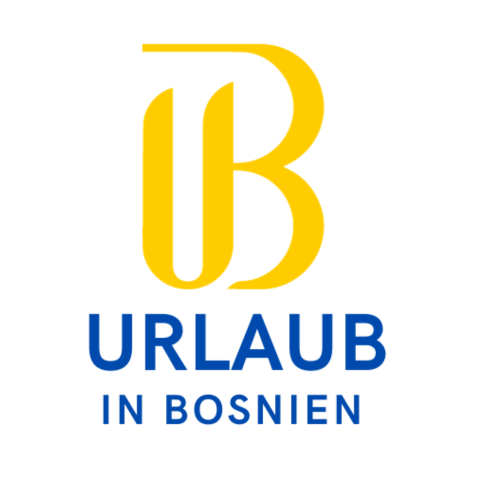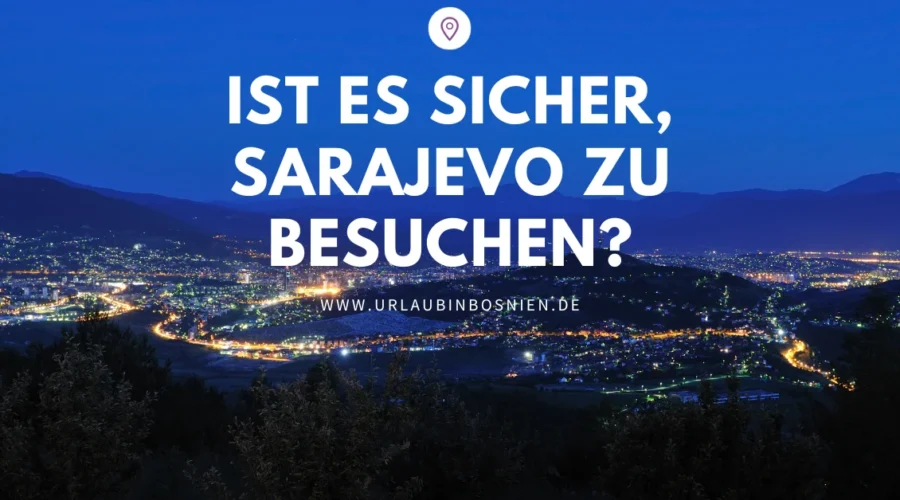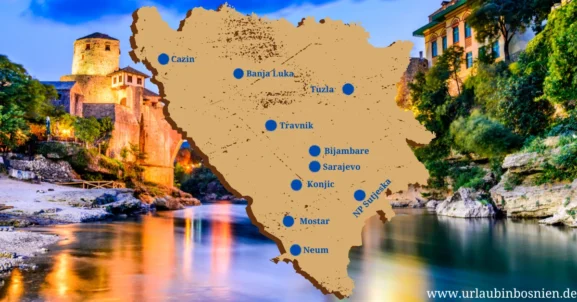What is the security like in Sarajevo?
Is it safe to visit Sarajevo?
I have always been fascinated by Sarajevo's rich history and culture. But is it safe to visit the city? With a past marked by conflict, I decided to dive deep and assess the current situation. I look at politics, crime rates, health services and even local transportation. Let's explore safety in Sarajevo, always with open eyes and a realistic outlook. After all, being informed is the first step to a safe and enjoyable trip.
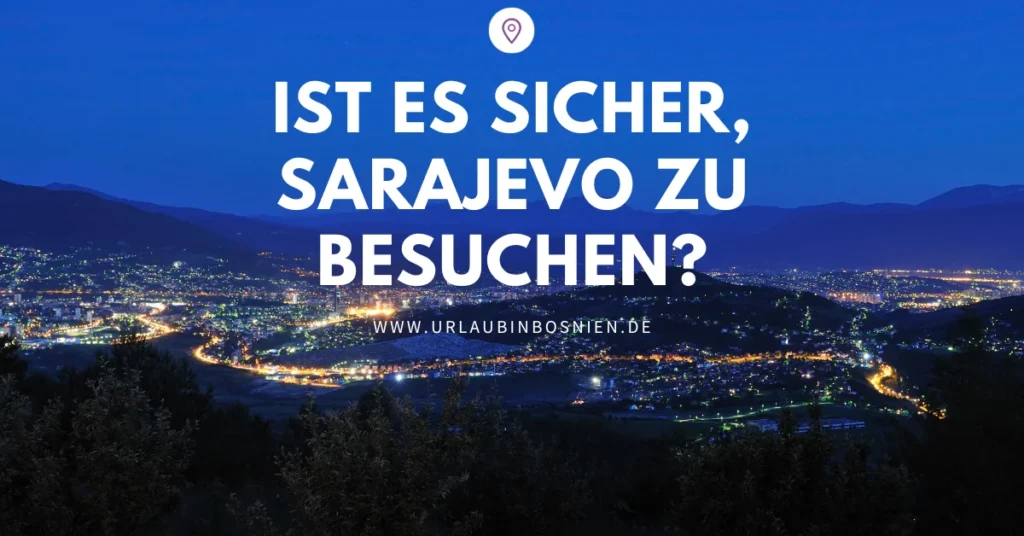
- The historical understanding of Sarajevo
- Assessment of the current political climate in Sarajevo
- The reality of crime rates in Sarajevo
- Health and medical safety in Sarajevo
- Safety tips for tourists in Sarajevo
- Exploring Sarajevo Nightlife: What to Expect
- Using public transport in Sarajevo
- Personal experiences: Stories from recent visitors to Sarajevo
- Conclusion
The historical understanding of Sarajevo
To fully appreciate my visit to Sarajevo, I delve deep into the city's historical background. This city, nestled in the heart of Bosnia and Herzegovina, has a rich history that is both fascinating and complex. The city's past, as well as its present, is diverse and shaped by different cultures, religions and empires that have shaped its identity.
Walking through the streets of Sarajevo, I am aware of the city's Ottoman heritage, evident in the old bazaars, mosques and Turkish houses. I can't help but marvel at the Sebilj, a wooden fountain in Baščaršija, a symbol of the city's Ottoman era. The influence of the Habsburg monarchy is also evident, particularly in the architecture on the western side of the city, where grand buildings and wide boulevards hint at a time of rapid modernization.
However, it is the more recent history that has left an indelible mark on Sarajevo. The scars of the Bosnian War are still visible; bullet holes in the buildings, the "Sarajevo roses" - concrete scars filled with red resin that mark places where shells have claimed lives. I visited the Tunnel of Hope, a symbol of the city's resilience during the Siege of Sarajevo, the longest siege of a capital in modern warfare.
Despite its turbulent past, I discovered a city with a vibrant spirit, a testament to its resilience.
Sarajevo's history is not just a backdrop, but a lived experience, a fabric woven into the everyday lives of its people. This has really deepened my understanding and appreciation of this remarkable city.

Assessment of the current political climate in Sarajevo
I have noticed two prominent political parties in Sarajevo, but I am still trying to understand their ideologies and influence on the current political climate of the city. The Party of Democratic Action (SDA) and the Social Democratic Party (SDP) seem to be the key players, with the SDA holding the majority of mandates.
The SDA, founded in 1990, represents mainly Bosniak interests and is associated with Bosniak nationalism. It is seen as moderate in religious matters, but often leans towards conservative Islam. The party's influence is clearly felt in Sarajevo, where the majority of residents are Bosniaks.
On the other hand, the SDP was also founded in 1990 and represents a more secular and multi-ethnic perspective. It is considered a left-leaning party that advocates social democracy and progressiveness. However, despite their inclusive ideologies, they have struggled to gain significant support in Sarajevo, where ethnic identities often define political affiliations.
Navigating Sarajevo's political landscape is complex due to the city's multi-ethnic composition and the long-lasting effects of the Bosnian War. The city's political climate often reflects these complexities, with ethnic tensions occasionally taking the form of political conflict.
As an observer, I find it fascinating to see how these two parties coexist and compete in the same political space. It is obvious that their ideologies and influence significantly shape the political climate of Sarajevo. How this ultimately affects the stability and progress of the city is something I am keen to follow.
The reality of crime rates in Sarajevo
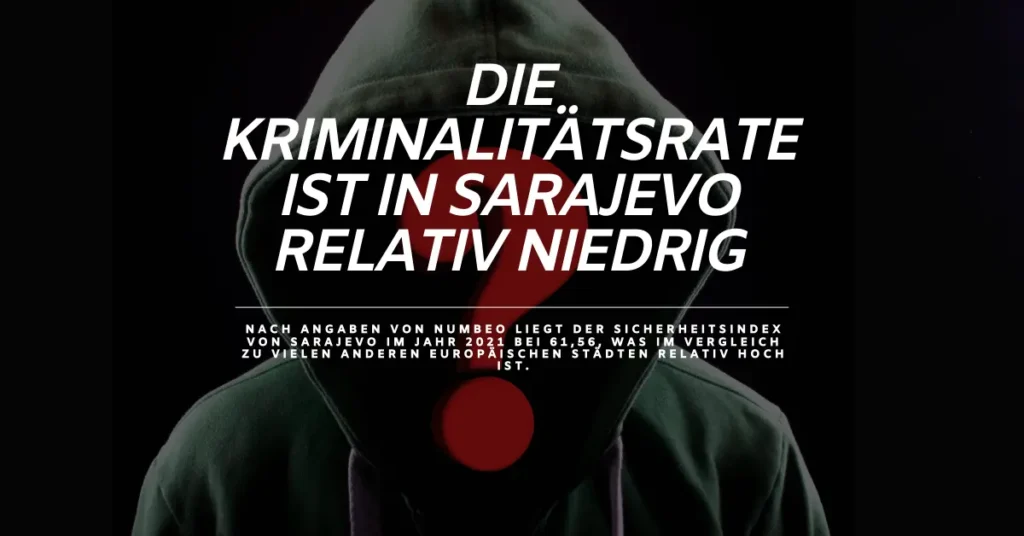
As I delve into the political picture of Sarajevo, I cannot ignore the reality of its crime rates, which seem to be a concern for both locals and visitors. As a city that has experienced its fair share of turmoil, the lingering shadows of past conflicts have inevitably affected its crime statistics.
However, it is important to put this into context. According to data from Numbeo Sarajevo's safety index in 2021 is 61.56, which is relatively high compared to many other European cities. While petty crimes such as pickpocketing, purse snatching and car thefts do occur, violent crimes are less common.
It is also worth noting that crime rates have been declining in recent years. Local police have made efforts to increase patrols and improve response times. Measures have also been taken to increase security at tourist hot spots, which has contributed to a decline in crimes against tourists.
I have found that the locals are generally helpful and hospitable, and are happy to go out of their way to help visitors in need. The city exudes a vibrant and welcoming atmosphere that surpasses the harsh statistics.
In short, although Sarajevo has its share of crime, it is by no means an exceptionally dangerous city. As with any destination, it is necessary to take precautions and be aware of your surroundings. I am convinced that with a sensible approach to personal safety, Sarajevo can provide a rich and rewarding experience for its visitors. The presence of crime does not define this resilient city; its history, culture and people do.
Health and medical safety in Sarajevo
Before turning to the topic of health and medical safety in Sarajevo, it is important to note that during my stay I found that local health facilities are adequately equipped and staffed. There are numerous hospitals, clinics and pharmacies throughout the city offering a variety of services. The doctors and nurses I encountered were professional and well-trained, often with the ability to speak English.
It is worth noting, however, that while healthcare in Sarajevo is of high quality, it may not be comparable to what you are used to at home. The healthcare system in Bosnia and Herzegovina is mainly public, funded by the government and compulsory health insurance. There are private clinics, but they are more expensive.
While the city is generally safe, it is advisable to take certain health precautions. The tap water in Sarajevo is safe to drink, but if you are unsure, bottled water is widely available. It is also important to be aware of the risk of tick-borne meningitis (TBE - early summer meningoencephalitis), especially if you plan to go hiking or camping. Make sure you are vaccinated against it before your trip.
In case of medical emergencies, Sarajevo has several 24-hour emergency services. Response times are generally good, but may be slower in more remote areas of the city.
Safety tips for tourists in Sarajevo
In addition to maintaining good health, I have found it important to be careful with my personal belongings and the places I visit in Sarajevo. As an experienced traveler, I have learned that caution and information go a long way in ensuring a safe and enjoyable trip.
First, it's crucial to be aware of your surroundings. While Sarajevo is generally safe, like any city, there are certain areas to avoid, especially late at night. Before I head out, I always research the neighborhoods I want to visit and plan my route. I've found the local tourism office and online travel forums to be invaluable resources.
Second, I make sure to secure my belongings. Petty crimes such as pickpocketing can occur, especially in crowded areas. I carry my essentials in a secure bag and avoid displaying expensive items. It is also smart to carry copies of important documents such as passports and credit cards in case they are lost or stolen.
Third, I make sure to follow local customs and regulations. This not only shows respect for the local culture, but can also prevent misunderstandings that could lead to unnecessary complications.
Last but not least, I always stay connected. A working phone can be a lifesaver in an emergency. I usually buy a local SIM card for easy communication.
Exploring Sarajevo Nightlife: What to Expect
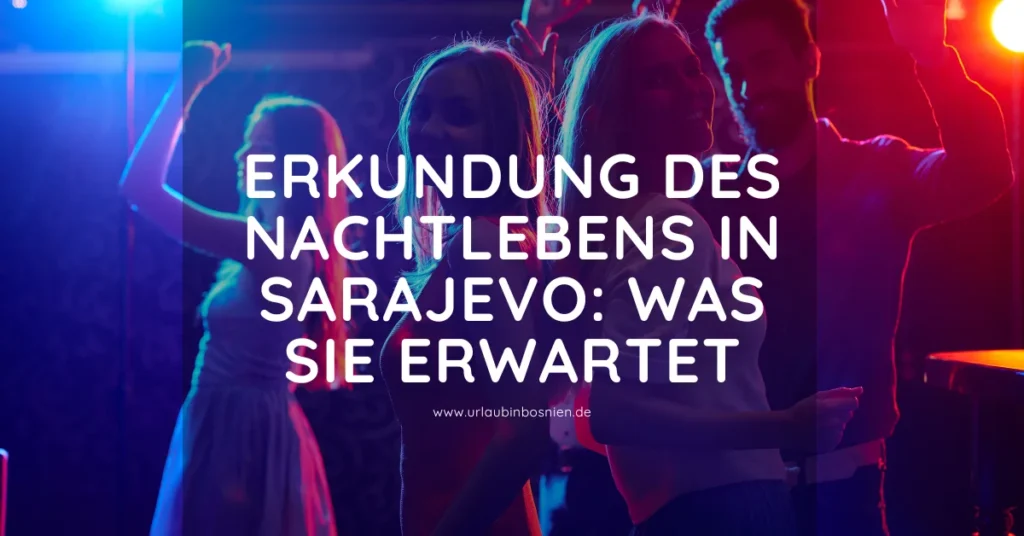
I gear up to explore Sarajevo's nightlife, but also make sure to stay safe and alert. Rich in history and culture, this city in Bosnia and Herzegovina offers a vibrant night scene that is equally exciting and unique.
One of the first things I noticed is the city's coffee culture. It's not uncommon to see locals chatting over coffee late into the night, a tradition I happily adopted. Coffee houses like Miris Dunja are popular nighttime hangouts and offer a relaxed atmosphere for socializing and enjoying the evening.
Live music is another cornerstone of Sarajevo's nightlife. Whether it's jazz, rock, pop or traditional Bosnian music, there's something for everyone. Venues like Jazzbina and Underground Club offer a variety of performances that give me an insight into the local music scene.
For those looking for a livelier night out, there are a variety of nightclubs. I went to both Sloga and Hacienda, both popular options with locals and tourists alike. The music is lively, the crowd is friendly, and there's a real sense of community.
One thing I find essential while exploring Sarajevo's nightlife is to be mindful of my surroundings. It is generally safe, but it is always important to be cautious, especially in busy areas. I am careful not to display valuable items and I always make sure I have a safe route back to my accommodation.
Exploring Sarajevo's nightlife was an unforgettable experience. It was exciting, culturally enriching and most importantly, safe. I look forward to many more nights immersing myself in this city's vibrant nightlife.
Using public transport in Sarajevo
Using public transport in Sarajevo can be a little tricky, but it's also an exciting part of the adventure. As someone who has tried it first hand, I can tell you that it's an experience that gives you a real feel for the city.
The city mainly operates trams, buses and taxis. The tram system is the heart of transport in Sarajevo. It is reliable, and the network is quite comprehensive, covering most parts of the city. It is a convenient way to get around, but you need to be aware of peak times when the trams can be a bit crowded.
Buses are also an acceptable option. They are less frequent than trams, but cover areas of the city that trams do not reach. However, it is important to note that bus stops are not always marked, so you must be careful.
Then there are the taxis. They are a bit more expensive, but they are quick and more comfortable. Plus, you can avoid crowds. However, make sure you get in a licensed taxi to avoid scams.
Buying tickets for public transport can be a bit complicated. You can buy them at kiosks, but you have to validate them when you board.
Personal experiences: Stories from recent visitors to Sarajevo
I've heard so many incredible stories from the last five visitors to Sarajevo, each more fascinating than the last. They explored the city's rich history, sampled delicious local cuisine, and strolled along its scenic routes while feeling completely safe and welcome.
One visitor spoke passionately about the vibrant, multicultural atmosphere of Baščaršija, Sarajevo's old bazaar. He was particularly impressed by the local artisans who still practice centuries-old crafts and produce unique souvenirs. He never felt harassed or unsafe, even as he explored the busy market late into the night.
Another traveler shared her experience hiking in the hills surrounding the city. She told a captivating story of friendly locals offering homemade food and sharing stories about the area. She felt so comfortable that she extended her stay to explore more trails.
A third visitor, a history buff, was moved by his visit to the Wartime Childhood Museum. He found it a powerful, sobering experience that offered insight into the city's tragic past. Despite the heavy subject matter, he found the museum a safe place to learn and reflect.
The fourth and fifth visitors were a couple who had come to Sarajevo for a romantic getaway. They raved about the city's cozy cafes and restaurants where they could enjoy candlelit dinners without any security concerns.
All of these stories confirm that despite the scars of its past, Sarajevo has emerged as a safe, vibrant city that warmly welcomes visitors. I look forward to hearing more stories from future visitors in the future and hope to experience Sarajevo's charms for myself soon.
Conclusion
In summary, visiting Sarajevo can be a safe and rewarding experience if you are well prepared and informed. Despite its turbulent history and occasional political tensions, crime rates are relatively low. The healthcare system is satisfactory, and with some basic precautions, you can enjoy the lively nightlife and reliable public transport.
However, as with any destination, it is important to remain vigilant and respect local culture and customs.
